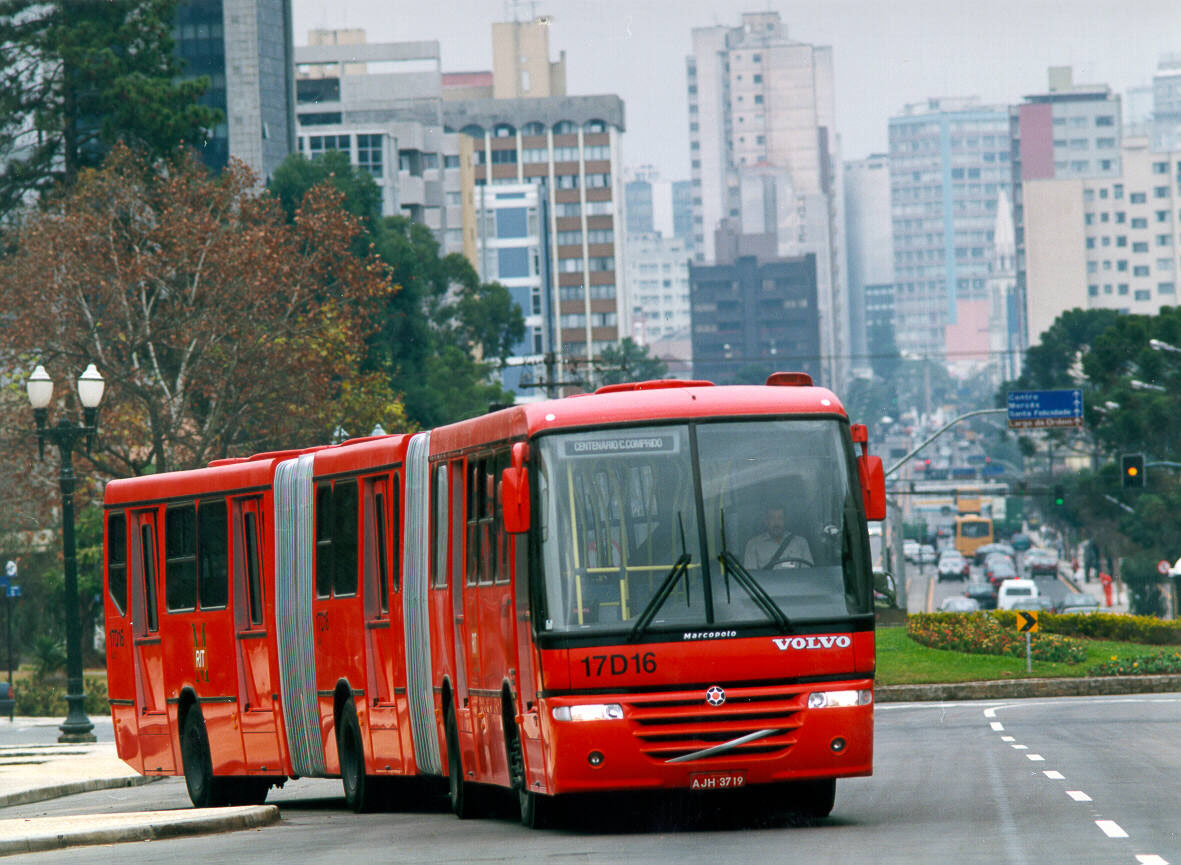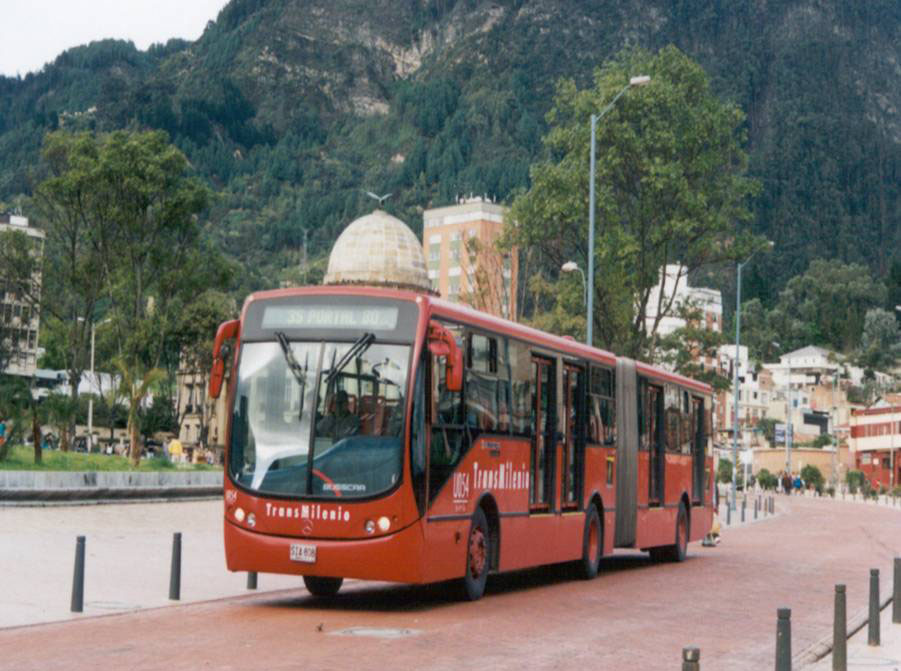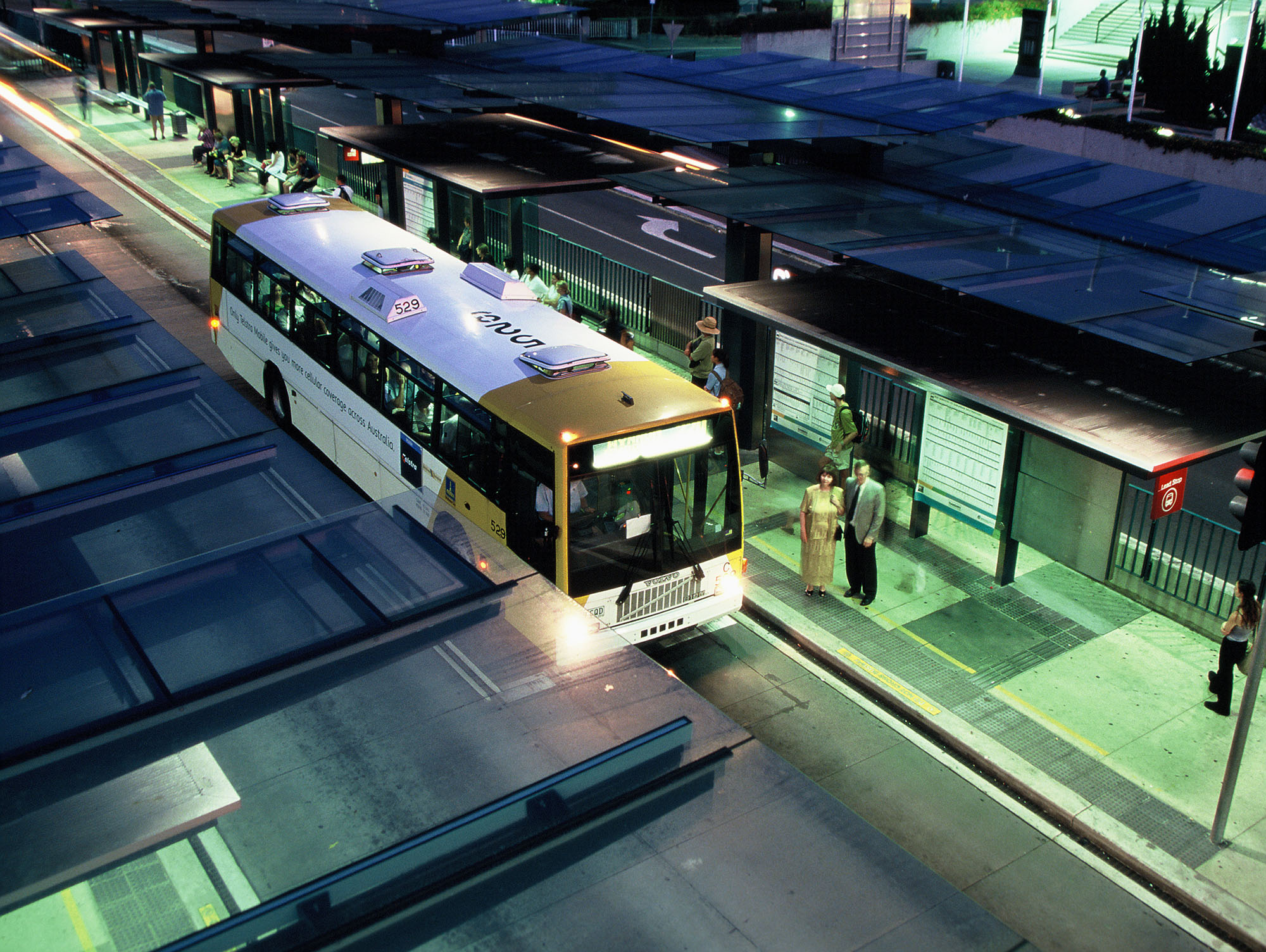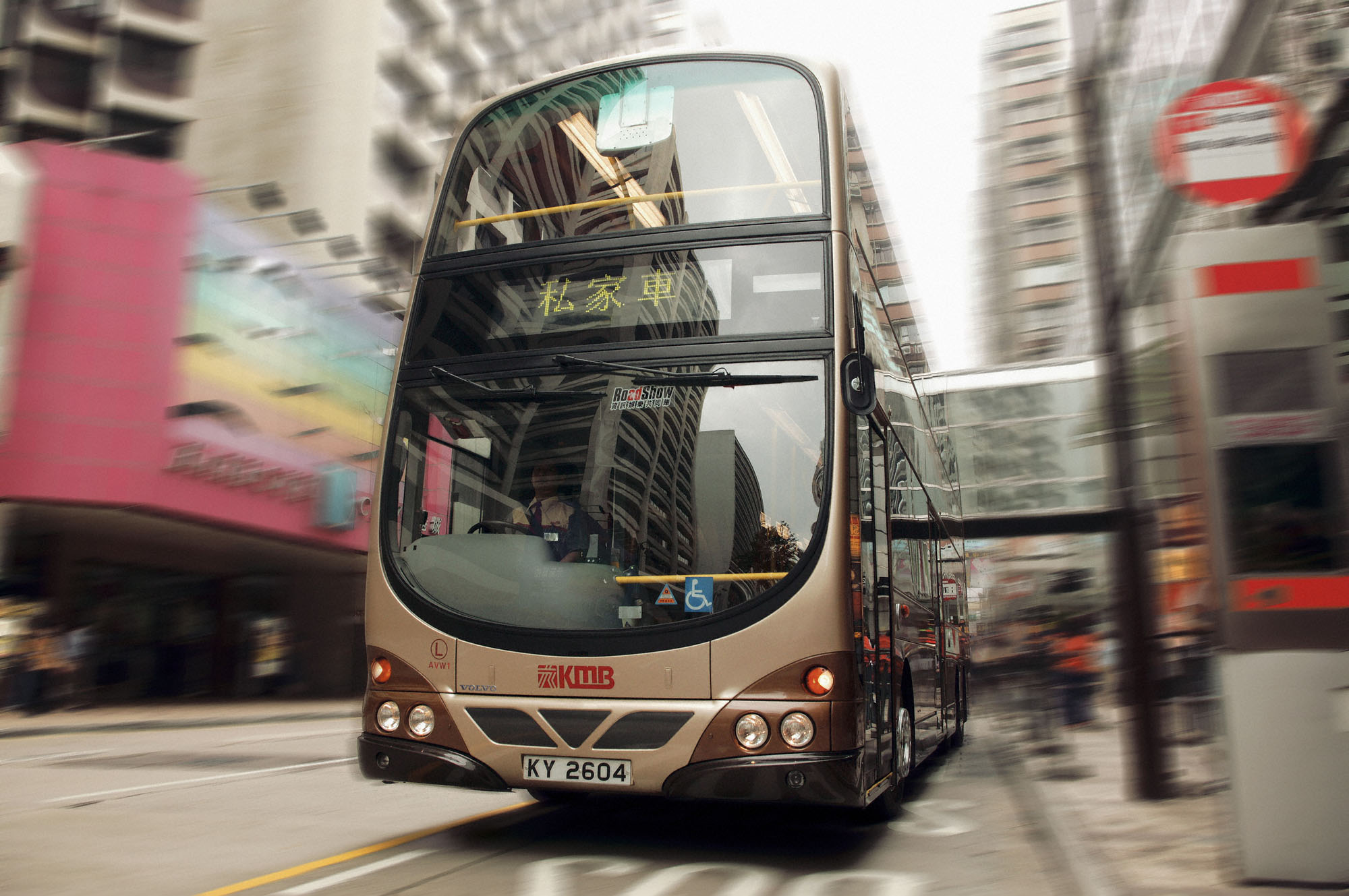20.2Vehicle Size
It’s not the size of the dog in the fight, it’s the size of the fight in the dog.Mark Twain, author, 1835–1910
The size and required customer capacity of the vehicle are largely determined by the modeling analysis conducted at the outset of the project. The analysis process will have determined a projected customer volume for a particular corridor. Vehicle capacities, in conjunction with service frequency, are the primary factors that will help achieve a required volume of customers.
Table 20.2 summarizes the various vehicle-length options, along with the associated customer capacity. The actual customer capacity depends upon a range of factors, including interior layout, the number of seated versus standing customers, and cultural norms regarding the space required per customer.
Table 20.2Vehicle Options and Customer Capacities
| Vehicle type | Vehicle length (meters) | Capacity (customers per vehicle) |
|---|---|---|
| Bi-articulated | 24 | 240–270 customers |
| Articulated | 18.5 | 120–170 customers |
| Tandem-axle | 15 | 80–100 customers |
| Double decker | 12–15 | 80–130 customers |
| Standard | 12 | 60–80 customers |
| Midi-bus | 6 | 25–35 customers |
| Mini-bus (vans) | 3 | 10–16 customers |
20.2.1Calculating the Optimum Vehicle Size
The methodology for calculating the appropriate vehicle type in any given situation has already been put forward in Chapter 6: Service Planning. Equation 20.1 summarizes the principal calculation required to determine the optimum vehicle size.
Eq. 20.1 Determining Required Vehicle Capacity
Where:
Cb = Customer capacity of the vehicle, in passengers per vehicle
Ccorridor = Number of people the corridor can transport, in passengers per hour per direction (pphpd)
L = Load factor, is the average occupancy of the vehicles, expressed as a percent
F = Service frequency, is the number of vehicles per hour
SB = Number of independent stopping bays in each station
The so-called “optimum” vehicle size, though, may vary from corridor to corridor. One option is to operate different-sized vehicles in different corridors of the city. However, this lack of commonality can be disadvantageous for several reasons. First, purchasing different vehicle types will tend to reduce economies of scale in procurement and lead to higher-overall vehicle costs. Second, different vehicle types may have different maintenance needs and different sets of spare parts, and thus again undermining overall economies of scale. Third, managing a fleet of different vehicle types reduces operational flexibility in using vehicles in different corridors, especially when breakdowns and other maintenance requirements may take some vehicles offline for a period of time. Fourth, different-sized vehicles means that station sizes will need to accommodate multiple types of vehicles.
For all these reasons, it is typically preferred to choose a single vehicle type that can serve the spectrum of trunk-line routes. Likewise, one or two smaller vehicle types can be chosen for the feeder services.
A common mistake involves assuming that larger vehicles are somehow better. In truth, the best vehicle size is one that allows for a cost-effective operation for the given volumes and service frequency. If a large vehicle requires ten-minute headways so that the optimum load levels can be achieved, then choosing a lower-capacity vehicle might be more convenient. Customers prefer headways in the range of one to four minutes. Long wait times will ultimately lead customers to choose alternative modes of transport, such as private vehicles. It is important that the operational design include a preference analysis that studies time valuation by customers in such a way that the optimum vehicle type and fleet numbers can be chosen, and that an appropriate quality level can be achieved with the allocated budget.
20.2.2Bi-articulated, Articulated, and Standard-sized Vehicles
High-volume systems (over seven thousand customers per hour per direction) will likely require both large-sized (articulate or bi-articulated) vehicles and high-frequency service (Figures 20.3 and 20.4). Lower-volume systems should also strive for high-frequency service, but obviously with smaller vehicle types. Systems in Brisbane, Australia, and Jakarta, Indonesia, operate trunk corridors with twelve-meter standard-sized vehicles (Figure 20.5). The smaller size does not mean these systems are inferior to cities operating with larger vehicles. Instead, the size may just be a reflection of the appropriate configuration for the particular demand characteristics.



While the numerous vehicle manufacturers offer a wide range of options, consideration of market availability is also a key factor. Engaging in informal discussions with vehicle manufacturers at the outset can help highlight the availability of different product features. Clearly, the vehicle specifications should not be designed around any one manufacturer, but a broad understanding of the existing options from manufacturers can help shape the analysis.
Along the same lines, the number of manufacturers providing a particular vehicle type is a legitimate consideration. A single-sourced vehicle will tend to increase costs due to the lack of a competitive manufacturing environment. As an example, currently only one major manufacturer produces a bi-articulated vehicle. Thus, if this type of vehicle is chosen the bidding process is more likely to be less competitive. The lack of competition ultimately results in higher prices for operators, which will then translate into higher customer fares.
20.2.3Double-decker Vehicles
Increasing the length of the vehicle is just one way of increasing customer capacity. Adding another customer level with a double-decker configuration is another option that is occasionally utilized. Despite being less popular at a global level, double-decker vehicles have successfully created a niche market in such cities as Singapore, London, and Hong Kong (Figure 20.6).

The double decker has been successful in creating an iconic image for cities. Double-deckers can generate an intriguing image to a public-transport system and can be quite popular when applied to tourist routes, as the vehicle’s upper deck offers a great vantage point for sightseeing.
However, double-deckers can bring many complications and additional costs. The costs of adding a second floor to the vehicle are not entirely devoted to customer space. A significant amount of space is consumed by the stairway on both decks of the vehicle. The stairway also creates potentially troublesome difficulties for customers, particularly during boarding and alighting. Moving up and down the stairway as the vehicle moves can be dangerous. The width of the stairway also makes two-way customer movement difficult. The net effect is dramatically lengthened customer boarding and alighting times. London has phased out its iconic “Routemaster,” in part due to the severe injuries and even deaths resulting from customers falling from either the interior stairway or the back alighting step.
Double-deckers are also not particularly suitable for high-volume operations where customers are frequently boarding and alighting. Double-deckers are best used on conventional commuter routes where most of the boarding and alighting takes place at a few station points in the center of the city and then again at a distant suburban location. To date, double-decker vehicles have not been utilized in a full BRT system.
20.2.4Fleet Size
The vehicle size will impact the number of vehicles needed to meet the demand. Depending on that decision, the fleet size may need to be adjusted and is determined entirely by the operational plan. A method for calculating the fleet size needed based on projected customer demand and the needs for a reserve fleet is outlined in Chapter 6: Service Planning.